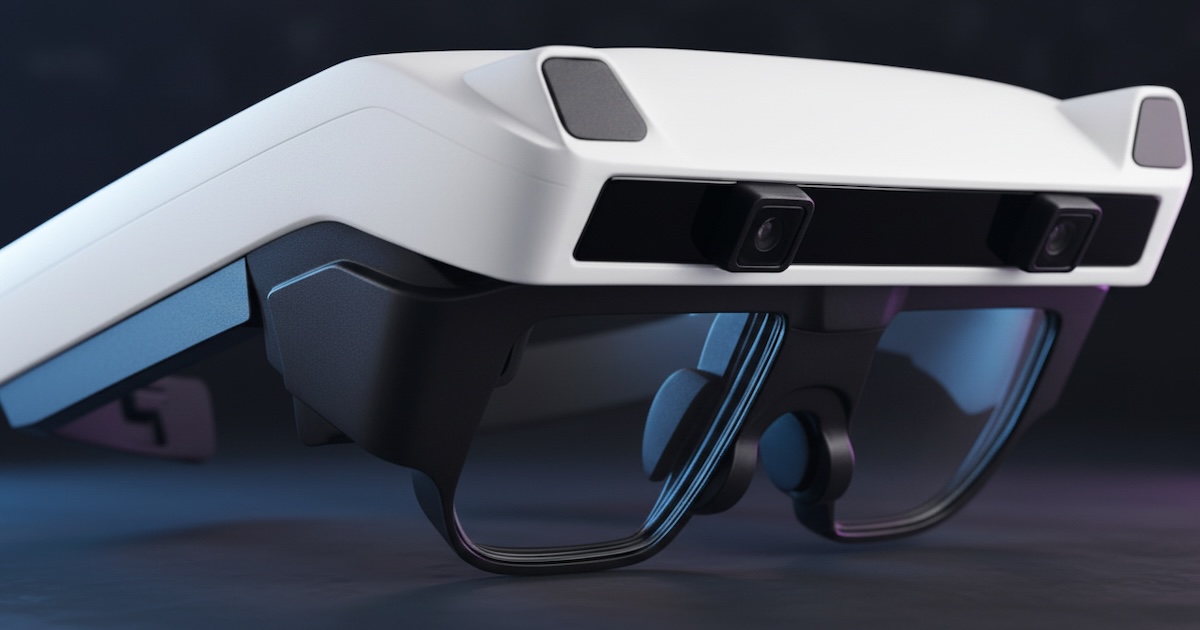
Photo: Svetlana Repnitskaya/Getty Images
Massachusetts-based digital ultrasound company Butterfly Network announced a 5% increase in third-quarter revenue for 2025 – at $21.5 million, up from $20.6 million in Q3 2024.
International revenue rose 4% year-over-year to $5.4 million, which the company said was driven by the higher price point of its iQ3 probe, which was launched internationally in the third quarter of 2024.
Butterfly Network reported gross profit loss of $3.8 million versus gross profit of $12.2 million in the previous year, and adjusted gross profit was $13.7 million versus $12.3 million in the prior year period.
The company reported a 17.5% loss in total gross margin on a GAAP basis, compared to a 59.5% gain in Q3 of last year.
Adjusted gross margin increased to 63.9% from 60% in the previous year period.
Butterfly Network attributed the decrease in GAAP gross margin to a $17.4 million write-down of excess and obsolete inventory that was recognized during the quarter, which is excluded from adjusted gross profit and adjusted gross margin.
The company said the rise in adjusted gross margin was linked to an increase in average selling price and a reduction in software amortization costs for its software development investments.
Operating expenses were $31.4 million, up 6% from $29.5 million in Q3 of 2024, while total operating expenses excluding stock-based compensation and other expenses were $23.7 million, versus $23.4 million in the prior year period.
Net loss was $34 million, compared to $16.9 million in Q3 2024.
Butterfly Network said that adjusted earnings before interest, taxes, depreciation and amortization (EBITDA) loss was $81.1 million, compared to $8.4 million in the previous year's third quarter.
Adjusted earnings per share (EPS) was $0.04, versus $0.05 in the previous year period.'
Meanwhile, cash and cash equivalents were $144.2 million as of Sept. 30.
"We view this quarter as a period of foundational progress for Butterfly," Joseph DeVivo, president, CEO and chairman of Butterfly Network, said in a statement.
"Even in a seasonally softer period, we delivered growth on top of last year’s record third quarter growth, while continuing to reduce our use of cash. We stayed on the offense, advancing AI, strengthening enterprise readiness and pushing forward on technology milestones that will shape our future. Our pipeline is expanding and we believe we’re seeing the early signs of momentum returning."
THE LARGER TREND
Butterfly Network's handheld, semiconductor-based ultrasound devices are used in multiple specialties, including anesthesiology, cardiology and emergency medicine, as well as for veterinary imaging.
In October, the company achieved ISO 27001 certification, a standard for information security management systems, published by the International Organization for Standardization in partnership with the International Electrotechnical Commission.
Additionally, Butterfly completed certification for SOC-2 Type 2, C5 Germany (cloud computing compliance criteria catalogue) and The National Health Service Data Security and Protection Toolkit (DSPT), an online self-assessment tool that enables organizations to measure and publish its performance against the National Data Guardian's 10 data security standards.
That same month, HeartFocus, AI-enabled heart echo software by medtech firm DESKi, launched the HeartFocus education app in partnership with Butterfly Network.
The HeartFocus app aims to improve a health practitioner's ability to master 10 vital cardiac views with certainty and clinical accuracy in a short period through customized, self-paced AI-powered learning.
Healthcare professionals, medical schools, clinics and health systems will have access to the HeartFocus education app using Butterfly iQ3 and iQ+ probes that work with iOS iPads.
In 2024, Butterfly Network achieved EU MDR certification for the Butterfly IQ+ ultrasound system, which allowed the company to release its offerings into the European market, including its AI-enabled software Auto B-line Counter and Pulsed-Wave Doppler.
Auto B-line Counter uses AI to help providers determine patient abnormalities by measuring B-lines. B-lines appear as bright lines on an ultrasound and are associated with conditions that include chronic obstructive pulmonary disease.
Pulsed-Wave Doppler, which received FDA clearance in 2023, is a mode that providers can use to graphically display blood flow velocity measurements over a set span of time.


